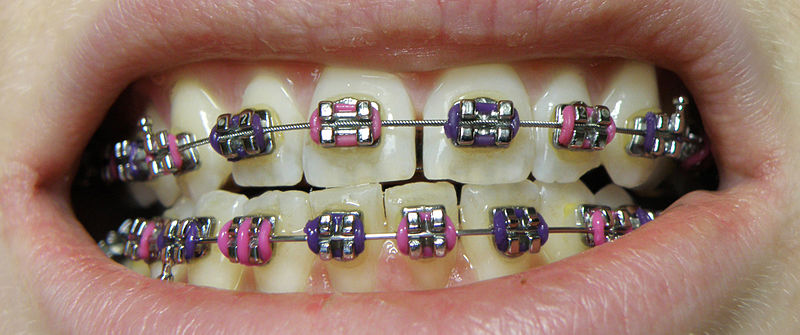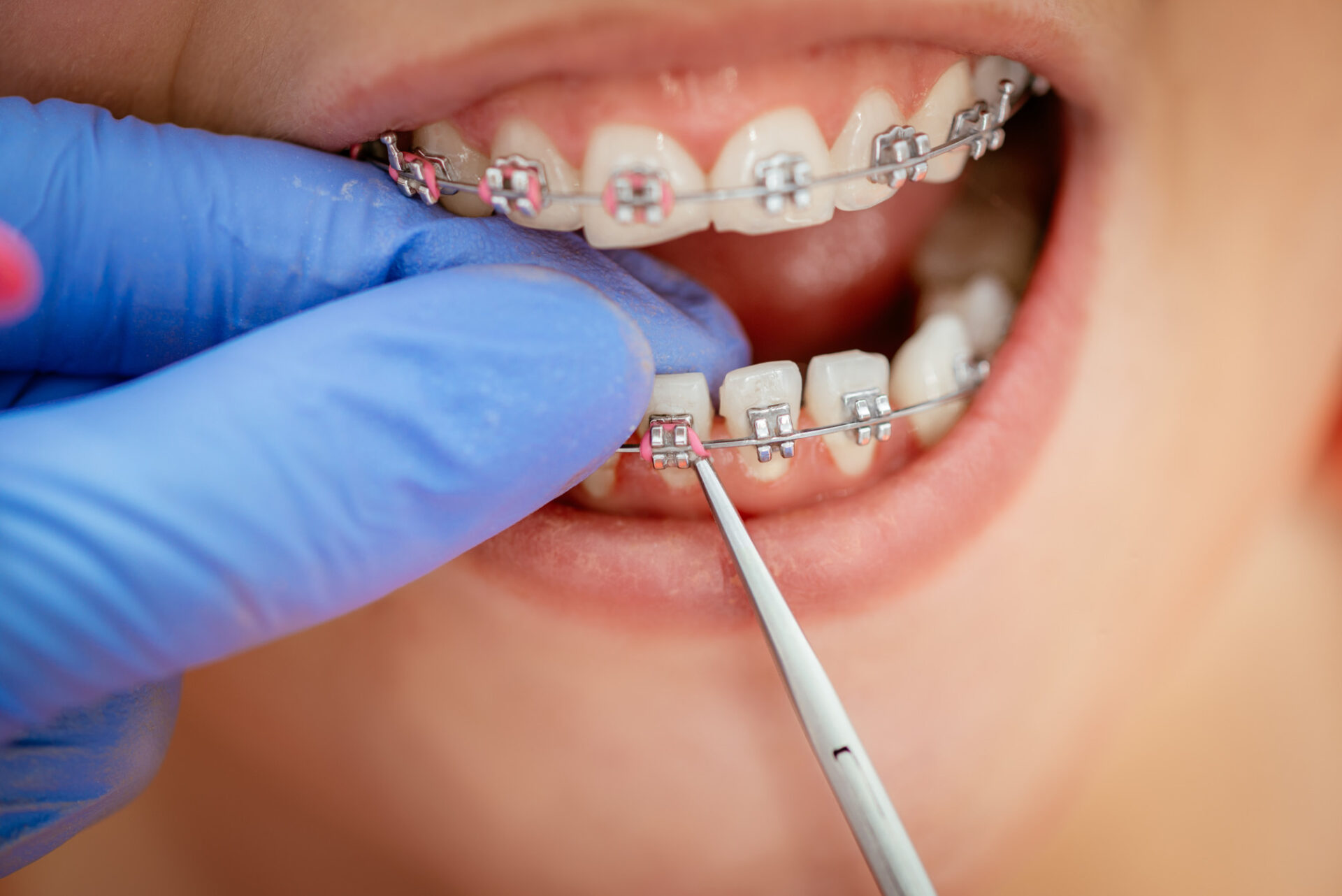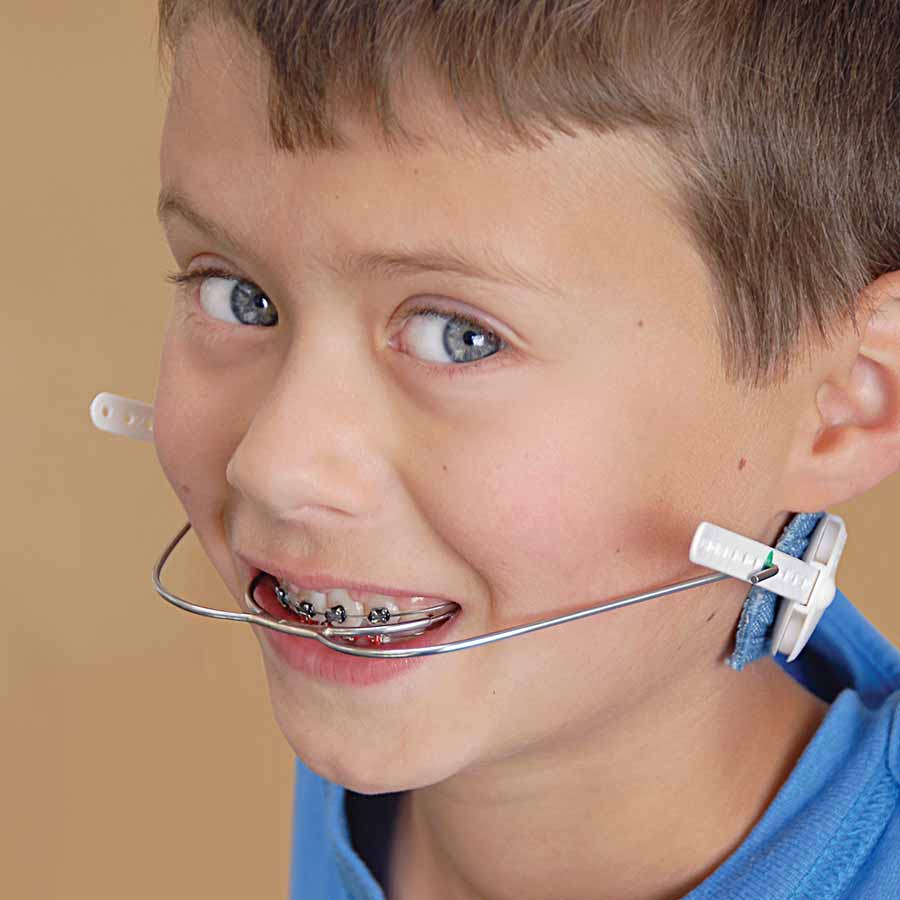Why Cumming Invisalign is the Perfect Selection for a Discreet Orthodontic Service
Why Cumming Invisalign is the Perfect Selection for a Discreet Orthodontic Service
Blog Article
Comprehensive Guide to Orthodontics Treatments for Dealing With Dental Misalignments
In the realm of orthodontics, the journey to accomplishing a flawlessly aligned smile involves a myriad of treatments tailored to remedy dental imbalances. From standard dental braces to undetectable aligners and even medical options, the field of orthodontics provides a range of services to resolve varying degrees of oral abnormalities. Comprehending the details of each procedure, including their systems, advantages, and potential downsides, is critical in making educated decisions about one's orthodontic treatment. As we browse via the thorough overview to orthodontic treatments for remedying oral misalignments, the complex details of each technique will certainly unravel, clarifying the path towards a functional and harmonious dental placement.
Orthodontic Procedures Overview

Regular adjustments and surveillance are vital components of orthodontic therapy to make certain progress is on track and to make any type of essential modifications along the means. By going through orthodontic procedures, people can not just accomplish a straighter grin yet likewise improve their general dental wellness and function.
Traditional Dental Braces: Just How They Work
When thinking about orthodontic therapies for oral imbalances, traditional braces stand out as a tried and true method for fixing teeth placing. Traditional braces contain braces, cords, and bands that work together to apply continual pressure on the teeth, progressively moving them into the desired positioning. The brackets are affixed to the teeth making use of a special adhesive, and the wires are threaded with the braces. By changing the stress of the cords, orthodontists can control the direction and pressure applied to each tooth, guiding them into appropriate positioning in time.
As pressure is applied to the teeth with the braces, the bone bordering the teeth is improved to sustain the new tooth positions. Individuals will certainly need normal changes at the orthodontist's workplace to ensure the braces continue to use the correct stress for reliable teeth motion.
Undetectable Aligners: Benefits And Drawbacks
These clear, customized trays are virtually unseen when put on, making them an appealing alternative for people looking for an extra visually pleasing orthodontic therapy. Patients can eliminate the aligners before consuming or brushing their teeth, reducing the danger of food obtaining stuck in the device and streamlining the cleansing process.

Surgical Orthodontic Options
Surgical interventions in orthodontics existing sensible options for addressing complicated dental misalignments that may not be properly settled through traditional orthodontic therapies. While invisible aligners and standard braces can fix numerous orthodontic issues, specific cases require medical treatment to accomplish optimum results. Surgical orthodontic choices are usually suggested for severe malocclusions, considerable jaw discrepancies, and cases where the underlying bone structure requires alteration to accomplish appropriate alignment.
One usual medical orthodontic treatment is orthognathic surgical treatment, which involves rearranging the jaws to remedy useful concerns such as problem chewing or talking. This surgical treatment is typically executed in cooperation with an orthodontist who aids align click here now the teeth prior to and after the treatment. Surgical orthodontics might additionally include treatments to expose impacted teeth, remove excess gum cells, or reshape the jawbone to create a much more harmonious facial profile.
Prior to thinking about surgical orthodontic choices, clients undergo an extensive examination to determine the requirement and possible benefits of such treatments. invisalign. While surgical procedure might seem overwhelming, it can dramatically improve both the feature and appearances of the smile in instances where standard orthodontic treatments fail
Retainers and Post-Treatment Care

Post-treatment treatment involves complying with the orthodontist's instructions diligently. This may consist of appropriate dental health techniques, going to follow-up consultations, and wearing the retainers as prescribed. Failure to follow post-treatment treatment instructions can lead to regression, where the teeth gradually relocate back towards their original settings. Consistent retainer wear, good oral health, and regular dental exams are crucial for maintaining the outcomes attained via orthodontic surgical procedure and making sure the long-lasting stability of the remedied dental alignment.
Conclusion
In conclusion, orthodontic treatments offer various choices for remedying oral imbalances. Surgical orthodontic options are available for much more severe misalignments. In general, orthodontic treatments can properly enhance dental wellness and visual appearance.
As we browse through the thorough guide to orthodontic procedures for remedying oral misalignments, the detailed information of each approach will unravel, losing light on the course towards a practical and harmonious oral placement. - aligners
One of the most common orthodontic therapies is the use of dental braces, which are composed of steel braces and wires that apply mild stress to slowly change teeth into the preferred placement.When taking into consideration orthodontic treatments for dental imbalances, typical dental pop over here braces stand out as a reliable technique for fixing teeth placing. Additionally, unseen aligners might not be ideal for complex orthodontic concerns that need more substantial teeth motion, as they are generally recommended for dentist recommendations light to modest cases. Retainers are tailor-made orthodontic gadgets created to hold teeth in their dealt with placements after the completion of orthodontic treatment.
Report this page